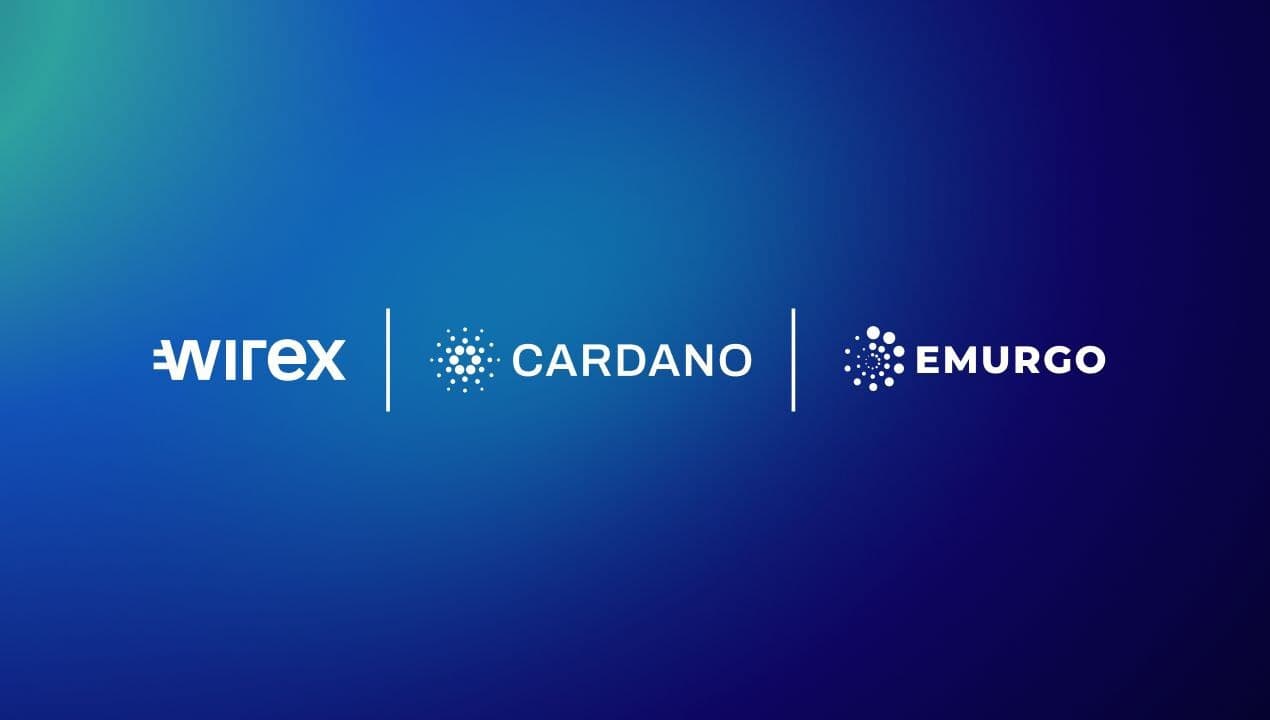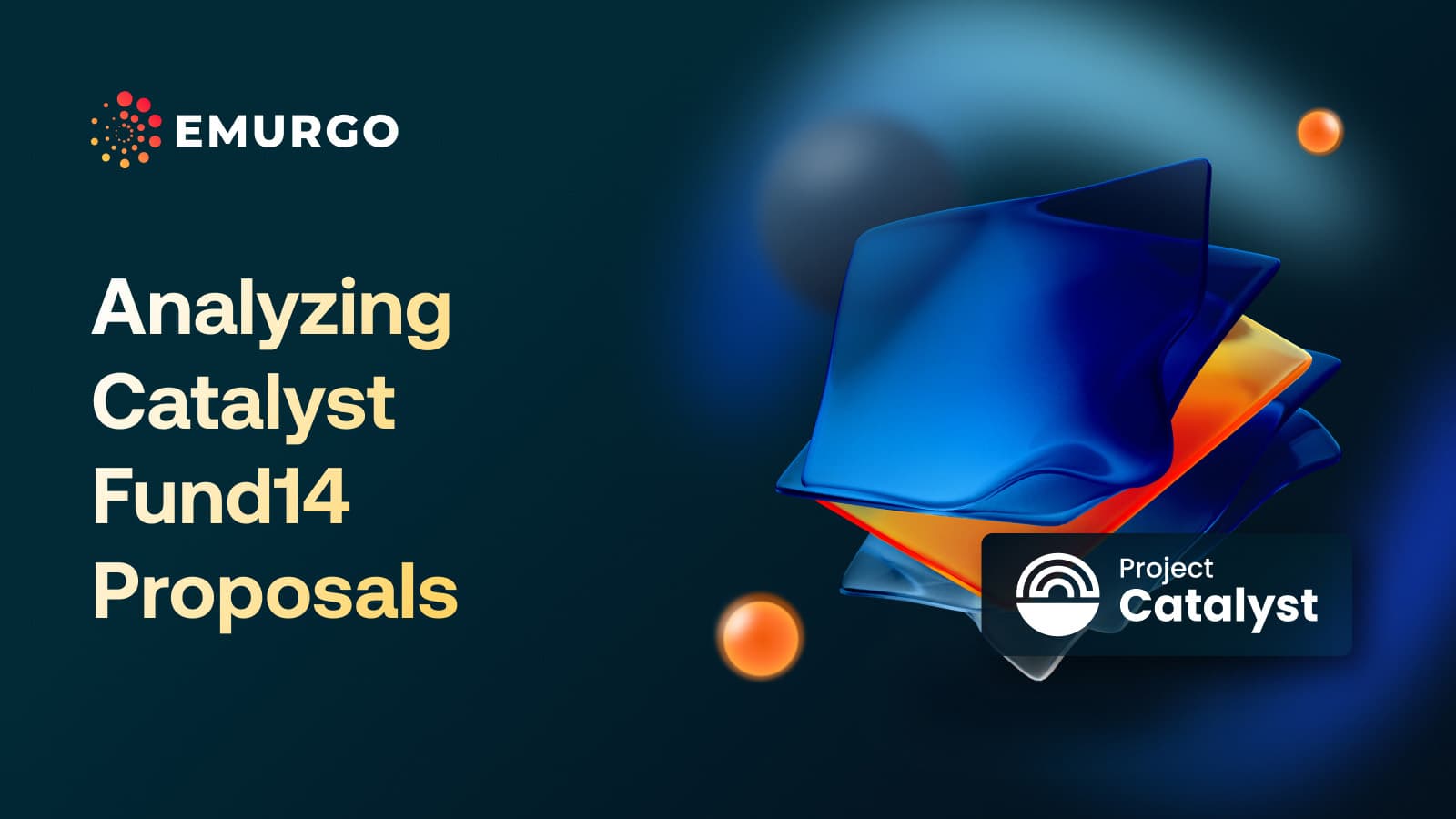We continue to explore the basic parts and features of DeFi (decentralized finance) in our series entitled “DeFi Basics.” In this blog, we discuss the concept of synthetic assets.
While DeFi as a whole carries enormous potential to impact traditional finance and rapidly expand to offer decentralized financial products and services, synthetic assets have the potential to be one of the vehicles to rapidly drive the future growth of DeFi.
It is important to keep in mind that DeFi itself is a fast-expanding but nascent ecosystem within the overall blockchain ecosystem that is peer-to-peer which means that users must always assume full responsibility for their actions and risks incurring from the usage of any DeFi dApp.

A synthetic asset is a type of financial instrument token that is designed to simulate other assets or asset classes without having to own the underlying or original asset.
It can be used to mirror characteristics such as duration, dividends, price movement, and any characteristic of the original. Additionally, the synthetic asset token doesn’t have to be a perfect copy, as some of the attributes of the original asset can be modified to get a different behavior.
These synthetic simulations of real-world assets run on top of the distributed ledger or blockchain. In short, it’s like a crypto-native derivative that follows the price of an asset not native to the blockchain such as a commodity without having to own the original asset. In most cases, the synthetic asset is created by using a cryptocurrency in an overcollateralized deposit.
The simulations can imitate any other asset such as commodities, bonds, ETFs, national currencies, and other financial instruments. Once created, they behave just like the original, so these can be used for short selling or used to create other financial positions. The exchanges that deal with these crypto assets are different from traditional DEXs (decentralized exchanges).
Blog continues below.
Recommended for you:

Synthetic assets are created on specialized DeFi platforms focusing on these asset classes. Normally, a smart contract is required to track the collateral level concerning the supply of the token. A smart contract can be used to mint euros, gold, bonds, etc.
The user only has to pay attention to the collateralization ratio. There are two portions to the asset:
- Collateralization: a cryptocurrency must be locked in the smart contract, such as Cardano ADA. The collateral has to exceed the value of the synthetic asset to have a margin in case the value of ADA were to drop.
- Minting: the smart contract then mints the amount of the synthetic asset in the form of tokens pegged to the value of the original asset. The synthetic token is tied to the price of the asset it’s simulating.
After being created, the synthetic asset follows the market demand of the original in the real world. If the demand for the original increases then the value of the synthetic token will also increase. Blockchain oracles are used to track these changes in price.
There is no need ever to own the original asset to have exposure to these markets. The synthetic asset platforms also offer rewards to users mining the assets such as token distributions and, in some cases, fees from people trading in the platform.

Synthetic assets open many possible strategies for DeFi users. Some examples are:
Hedging: Synthetic tokens are good for risk management when trading on-chain. For example, a user can create a token that follows the reverse of the Bitcoin price and use it to hedge a BTC long position.
Collateral for borrowing: A synthetic token can be provided as collateral for other crypto assets that are used when trading on-chain.
Fractionalization: Synthetic tokens can represent fractions of a whole to allow more people to buy an expensive asset. For example, a gold token can be divided into many pieces that are traded by users.
Yield Farming: Synthetic asset platforms provide rewards to those mining these tokens. The user can then accumulate the rewards from the platform without having to risk losing the cryptocurrency provided as collateral as long as the ratio is sufficient.
Read more: What is yield farming?
Those are just some examples of the types of strategies synthetic assets allow for those who mint them. The asset class opens the market to a new wave of traders who previously couldn’t buy certain assets on the market.
Synthetic assets are one of the most powerful blockchain and DeFi use cases. They are democratizing access to the market worldwide and opening opportunities to traders from all over the world. They showcase the potential strengths of DeFi over the traditional system, as synthetic assets could not be possible without decentralized blockchain technology and smart contracts.
Are you looking to learn more about DeFi?
Join EMURGO’s special in-person DeFi workshop in early 2024.
EMURGO and the Institute of Blockchain Singapore are organizing a 2-day workshop on DeFi with speakers from EMURGO, EMURGO Academy, and other top companies in the blockchain industry.
The workshop will provide you with comprehensive insights into the role of DeFi and its potential to transform traditional finance as well as networking opportunities to connect with industry leaders.
For more workshop information including dates and registration info, please visit the official registration page above.
About EMURGO
- Official Homepage: emurgo.io
- X (Global): @EMURGO_io
- YouTube: EMURGO channel
- Facebook: @EMURGO.io
- Instagram: @EMURGO_io
- LinkedIn: @EMURGO_io
Disclaimer
You should not construe any such information or other material as legal, tax, investment, financial, or other advice. Nothing contained herein shall constitute a solicitation, recommendation, endorsement, or offer by EMURGO to invest.



